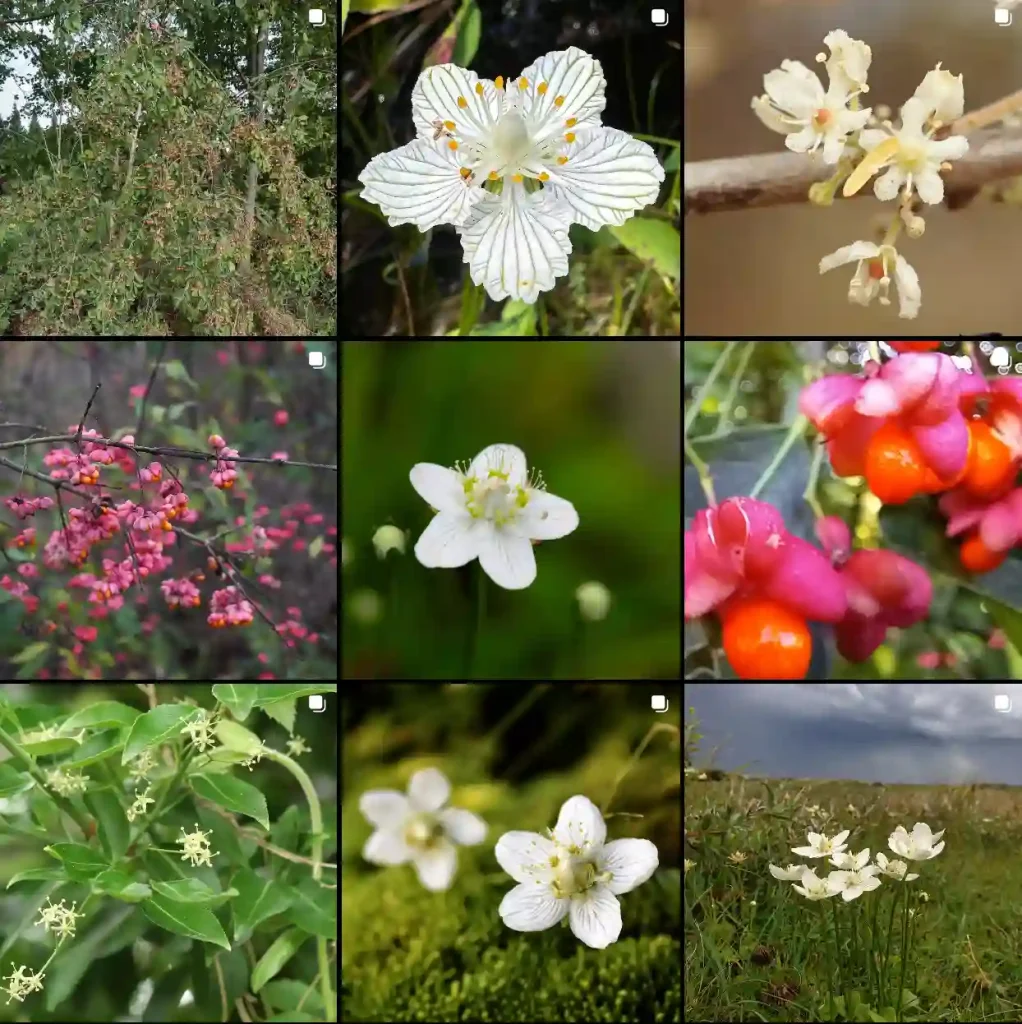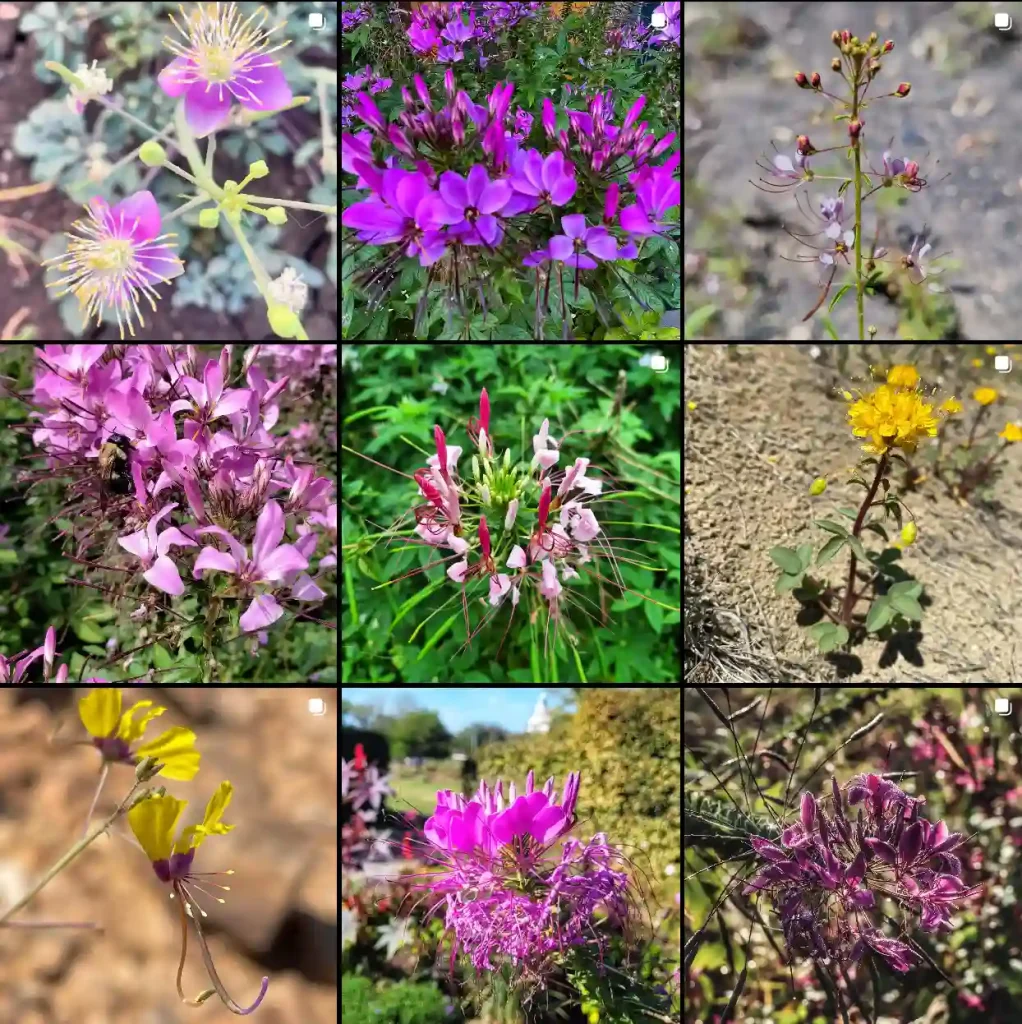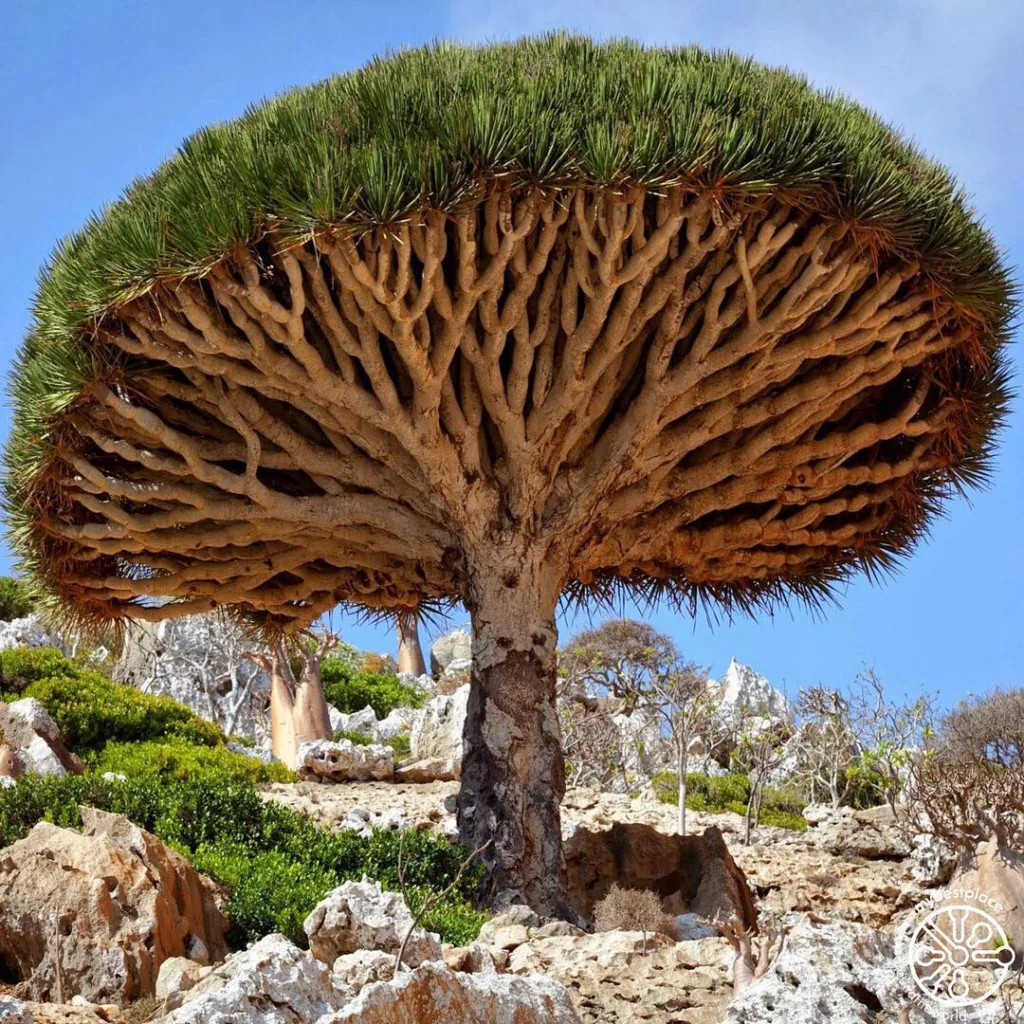FAQs About Lonicera Dioica
I’ve had quite the journey with Lonicera Dioica, a fascinating and versatile plant. This honeysuckle species has captured my attention due to its beauty and adaptability. If you’re considering adding it to your garden or just curious, here’s a comprehensive guide based on my experiences and research.
162 Species in Genus Lonicera
What Is Lonicera Dioica?
Lonicera Dioica, commonly known as the Red-berried Honeysuckle, is a deciduous shrub native to parts of North America. It’s renowned for its striking clusters of red berries and fragrant flowers. This plant can grow up to 8 feet tall and wide, making it an excellent choice for creating a lush, colorful backdrop in your garden.
How to Care for Lonicera Dioica?
Caring for Lonicera Dioica is relatively straightforward. Here’s what I’ve learned:
- Sunlight: This honeysuckle thrives in full sun to partial shade. While it can tolerate some shade, it blooms best with at least 6 hours of direct sunlight each day.
- Soil: Well-drained soil is crucial. Lonicera Dioica isn’t too picky about soil type but prefers loamy or sandy soils. It’s important to ensure good drainage to prevent root rot.
- Watering: Keep the soil consistently moist but not waterlogged. During dry spells, a deep watering once a week is usually sufficient. In heavy rains, ensure that the soil drains well to avoid waterlogging.
- Pruning: Regular pruning helps maintain its shape and encourages more blooms. I usually prune it back after flowering to keep it tidy and to promote new growth.
- Fertilization: A balanced, all-purpose fertilizer applied in early spring can boost its growth. I find that a light application every 6-8 weeks during the growing season works well.
How to Propagate Lonicera Dioica?
Propagating Lonicera Dioica is an exciting project. Here’s a simple guide based on my experiences:
- From Seeds: Collect seeds from the berries in late summer. Stratify them by placing them in the fridge for 2-3 months before sowing. Plant the seeds in a seed-starting mix and keep them moist until they germinate.
- From Cuttings: Take semi-hardwood cuttings in late summer or early fall. Dip the cut ends in rooting hormone and plant them in a pot with a mix of peat and perlite. Keep them in a humid environment until they develop roots.
What to Plant With Lonicera Dioica?
Lonicera Dioica pairs beautifully with a variety of plants. In my garden, I’ve found these companions to be particularly effective:
- Echinacea: The vibrant blooms of Echinacea contrast nicely with the honeysuckle’s berries and foliage.
- Salvia: Salvia’s tall spikes of flowers complement the honeysuckle’s structure and attract similar pollinators.
- Hostas: Hostas provide a lush, contrasting backdrop with their broad leaves, which makes the honeysuckle’s berries stand out.
Is Lonicera Dioica Toxic?
Fortunately, Lonicera Dioica is not toxic to humans or pets. However, its berries can be mildly toxic if ingested in large quantities, particularly to children and pets. I always keep an eye on my garden’s little visitors to prevent any accidents.
Benefits of Lonicera Dioica
Lonicera Dioica offers several benefits:
- Aesthetic Appeal: Its striking red berries and fragrant flowers add a burst of color to any garden. The plant’s lush foliage provides year-round interest.
- Wildlife Attraction: The honeysuckle is a magnet for pollinators such as bees, butterflies, and hummingbirds, making it a valuable addition to any wildlife-friendly garden.
- Privacy Screen: Its dense growth makes it an effective privacy screen or hedge, providing both beauty and function.
Common Problems with Lonicera Dioica
Like any plant, Lonicera Dioica is prone to a few issues:
- Powdery Mildew: This fungal disease can affect the leaves, causing a white, powdery coating. Proper spacing and good air circulation can help prevent this issue. I find that removing affected leaves and applying fungicide if necessary keeps it under control.
- Pests: Aphids and spider mites can sometimes infest Lonicera Dioica. Regular inspection and insecticidal soap treatments are effective solutions.
Comparing Lonicera Dioica to Similar Plants
Lonicera Dioica is often confused with other honeysuckles. Here’s how it compares:
- Lonicera Japonica (Japanese Honeysuckle): Unlike Lonicera Dioica, Lonicera Japonica is an evergreen and tends to be more invasive. While it also has fragrant flowers, it lacks the striking red berries of Lonicera Dioica.
- Lonicera Periclymenum (European Honeysuckle): This species is known for its sweet-smelling flowers and similar growth habit. However, Lonicera Dioica’s red berries set it apart from its European counterpart.
Conclusion
Lonicera Dioica, with its vibrant berries and fragrant blooms, is a versatile and rewarding plant to grow. Whether you’re looking to attract wildlife or add a splash of color to your garden, this honeysuckle is a fantastic choice. With proper care and attention, it will thrive and provide beauty for years to come.
If i die, water my plants!



